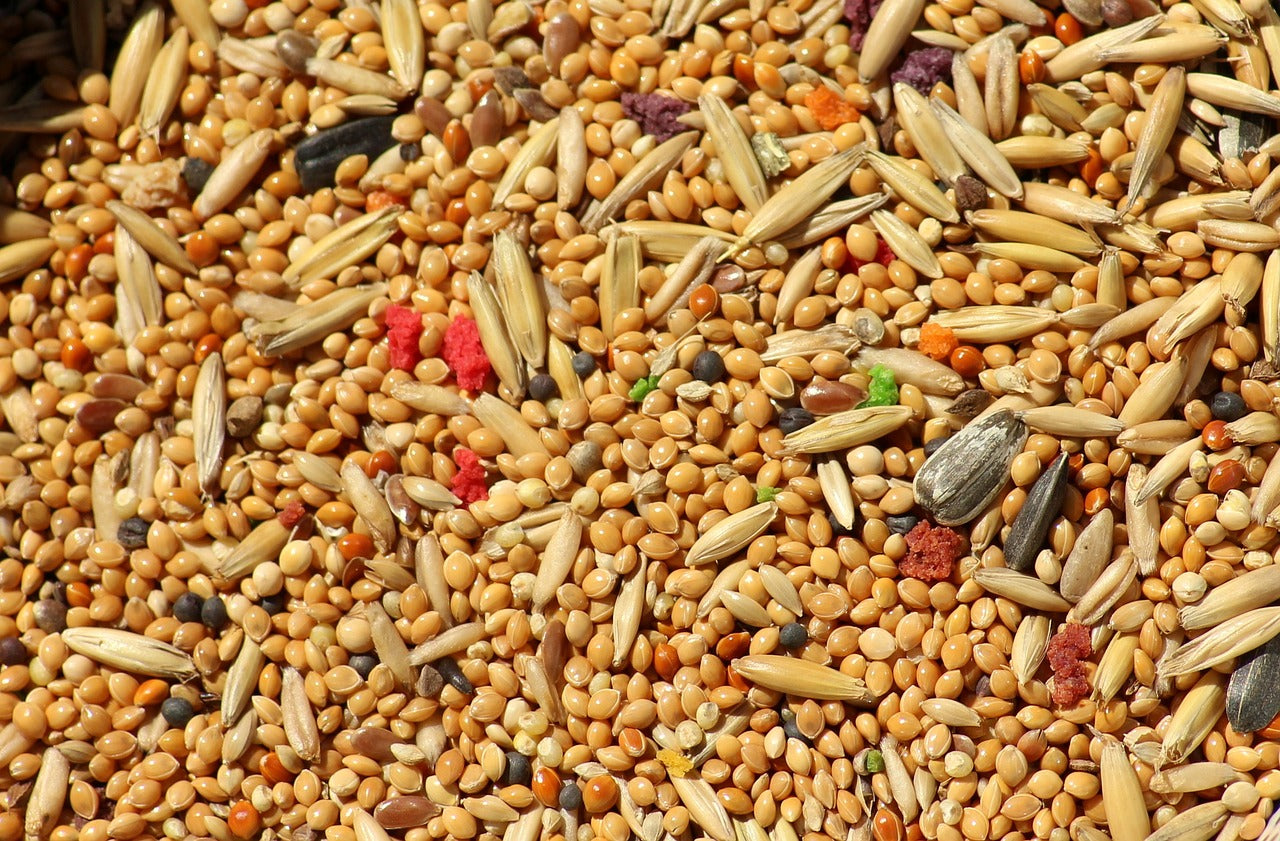

Discover the Different Types of Millets and Their Nutritional Powerhouses
Millets, the small-seeded cereal grasses, have been a part of human diet for thousands of years. Originating from Africa and Asia, they are now grown and consumed worldwide, especially in warmer climates. Enriched with vital nutrients, millets offer a host of health benefits, making them a worthy addition to our daily diet. In this comprehensive guide, we'll explore the different types of millets, their nutritional values, and how they can contribute to a healthier lifestyle.
Millets: An Overview
Millets are a group of highly nutritious, small-seeded grasses that are widely cultivated across the globe. They are known for their hardy nature and their ability to grow in harsh and drought-prone agro-climatic conditions, where other cereal crops such as wheat and rice might fail. This makes millets a sustainable and eco-friendly choice of grain. Besides being nutritionally superior to many commonly consumed grains such as rice and wheat, millets are gluten-free, making them an excellent dietary inclusion for people with gluten intolerance.
The Nutritional Edge of Millets
Millets are nutrient-dense grains, packed with proteins, dietary fiber, vitamins, and minerals. They outshine the more commonly consumed grains with their impressive nutritional profile. They are particularly high in B vitamins, especially niacin, B6, and folic acid, which are crucial for metabolic and neurological functions. The mineral content in millets is equally impressive, with significant levels of phosphorus, magnesium, manganese, and zinc.
Each variety of millet brings a unique set of nutrients to the table. For instance, Finger Millet (Ragi) is high in calcium and potassium, making it excellent for bone health. In contrast, Foxtail millet is rich in dietary fiber, aiding digestion and providing a steady release of energy. Proso Millet is packed with essential fatty acids and vitamins, supporting heart health and providing a quick energy boost.
Protein content in millets is commendable too. The protein in these grains includes essential amino acids, which are vital for growth, muscle development, and tissue repair. Millets also contain significant amounts of antioxidants such as quercetin, curcumin, gallic acid, and avenanthramides. These antioxidants combat oxidative stress, reduce inflammation, and lower the risk of chronic diseases.
Embracing the Gluten-Free and Diabetes-Friendly Nature of Millets
Millets are naturally gluten-free, making them an ideal grain choice for those with celiac disease or gluten intolerance. They can be used as a substitute for wheat in a variety of dishes, offering a nutrient-packed alternative to regular gluten-free options that are often low in essential nutrients.
Besides being gluten-free, millets have a low glycemic index. This means they are digested and absorbed slowly by the body, causing a slower and more gradual rise in blood glucose levels. Therefore, they are beneficial for individuals with diabetes, helping to maintain stable blood sugar levels.
Meet the Different Types of Millets
Let's delve into the world of millets and explore the different types, each with its unique nutritional benefits.
1. Finger Millet (Ragi)
Finger millet, also known as ragi, is a staple grain in parts of India and Africa. Known for its high calcium content, it's an excellent choice for bone health. It's also rich in iron, making it beneficial for preventing anemia. The amino acids present in ragi make its protein easily digestible.
2. Foxtail Millet (Kangni)
Foxtail millet, bearing a resemblance to a fox's tail, packs a punch with its high dietary fiber content. It is rich in carbohydrates, which provide the body with a steady stream of energy. It's also rich in iron and calcium, contributing to bone health and blood cell production.
3. Sorghum Millet (Jowar)
Sorghum, also known as jowar, is versatile and packed with nutrients. It is gluten-free and rich in antioxidants, making it a great choice for those with dietary restrictions. It's often used in bread, porridge, and baked goods.
4. Pearl Millet (Bajra)
Pearl millet, or bajra, is one of the most widely grown types of millet. It has a high tolerance for arid conditions, making it a staple in many parts of Africa and Asia. Pearl millet is high in protein, fiber, and minerals, particularly magnesium, which is vital for bodily functions including the production of DNA and the regulation of blood sugar levels.
5. Barnyard Millet (Sanwa)
Barnyard millet is a fast-growing crop that's a treasure trove of iron and fiber. It's an excellent choice for weight watchers due to its low-caloric content. It's also used in various recipes like khichdi, pulao, and porridge.
6. Little Millet (Kutki)
Little millet, as the name suggests, features small grains. Despite its size, it's a nutritional powerhouse, rich in fiber, and the essential minerals magnesium, potassium, and zinc.
7. Proso Millet (Chena)
Proso millet is known for its high protein content and a rich array of minerals. It's an excellent choice for heart health and managing cholesterol levels.
8. Kodo Millet (Kodra)
Kodo millet is high in fiber and offers a good energy boost. It is rich in antioxidants, making it beneficial for overall health.
9. Buckwheat Millet (Kuttu)
Although not a true millet, buckwheat is often included in the millet family due to its similar nutritional profile. It's a good source of protein, flavonoids, and essential minerals.
10. Amaranth Millet
Amaranth is a highly nutritious pseudo-cereal, rich in protein, fiber, and a good source of minerals like calcium, magnesium, and phosphorus.
The Power of Millet in Naario's Products
The nutritional prowess of millets is harnessed in Naario's range of products. For instance, Naario's 9 in 1 flour mix combines nine different millets and grains, including Chickpeas (Chana), Flaxseeds, Oats, Ragi, Maize, Foxtail Millet (Jowar), Pearl Millet (Bajra), Barley (Jau), and Soybean. This pre-mixed option saves time compared to buying and measuring individual grains and offers a comprehensive nutritional profile. Naario also offers a Millet flour that contains millets like jowar flakes, rolled oats, buckwheat flakes, quinoa, and flakes. For those craving a snack, Naario's Bhakhri snack in the ragi variant is a tasty option.
Conclusion
With their superior nutritional profile, the different types of millets are the unsung heroes of the grain world. They not only offer a host of health benefits but also contribute to sustainable agriculture due to their drought-resistant nature. So, whether it's finger millet for your bone health or foxtail millet for a fiber-rich diet, the versatility of millets ensures there's one for everyone's palate and health needs. Embrace the power of millets and enjoy a healthier, balanced diet.
